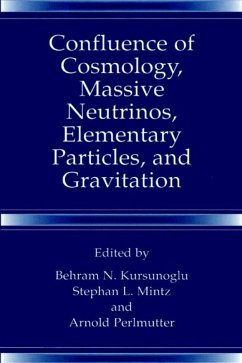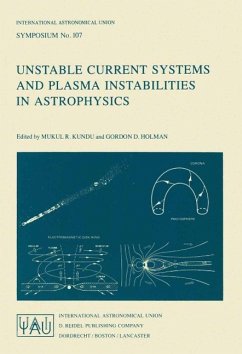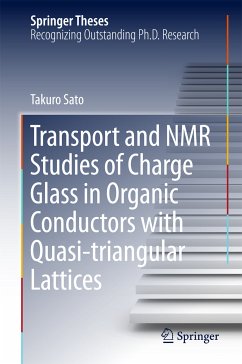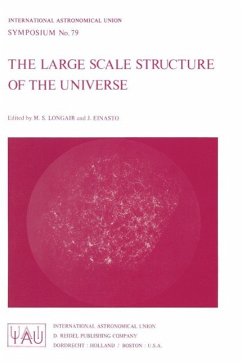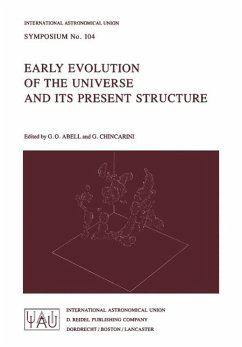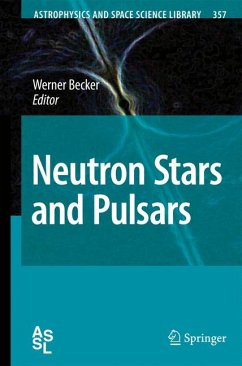
Superdense QCD Matter and Compact Stars (eBook, PDF)
Proceedings of the NATO Advanced Research Workshop on Superdense QCD Matter and Compact Stars, Yerevan, Armenia, from 27 September - 4 October 2003.
Redaktion: Blaschke, David; Sedrakian, David
Versandkostenfrei!
Sofort per Download lieferbar
208,95 €
inkl. MwSt.
Weitere Ausgaben:

PAYBACK Punkte
104 °P sammeln!
2 Homogeneous superconducting state 210 3 Superconducting phases with broken space symmetries 213 4 Flavor asymmetric quark condensates 219 5 Concluding remarks 221 Acknowledgments 222 References 223 Neutral Dense Quark Matter 225 Mei Huang and Igor Shovkovy 1 Introduction 225 2 Local charge neutrality: homogeneous phase 226 3 Global charge neutrality: mixed phase 234 4 Conclusion 238 References 238 Possibility of color magnetic superconductivity 241 Toshitaka Tatsumi, Tomoyuki Maruyama, and Eiji Nakano 1 Introduction 241 2 What is ferromagnetism in quark matter? 243 3 Color magnetic supercond...
2 Homogeneous superconducting state 210 3 Superconducting phases with broken space symmetries 213 4 Flavor asymmetric quark condensates 219 5 Concluding remarks 221 Acknowledgments 222 References 223 Neutral Dense Quark Matter 225 Mei Huang and Igor Shovkovy 1 Introduction 225 2 Local charge neutrality: homogeneous phase 226 3 Global charge neutrality: mixed phase 234 4 Conclusion 238 References 238 Possibility of color magnetic superconductivity 241 Toshitaka Tatsumi, Tomoyuki Maruyama, and Eiji Nakano 1 Introduction 241 2 What is ferromagnetism in quark matter? 243 3 Color magnetic superconductivity 248 4 Chiral symmetry and magnetism 253 5 Summary and Concluding remarks 258 Acknowledgments 260 References 260 Magnetic Fields of Compact Stars with Superconducting Quark Cores 263 David M. Sedrakian, David Blaschke, and Karen M. Shahabasyan 1 Introduction 263 2 Free Energy 265 3 Ginzburg-Landau equations 267 4 Vortex Structure 269 5 Solution of Ginzburg-Landau Equations 271 6 The Magnetic Field Components 273 7 Summary 275 Acknowledgments 275 References 275 Thermal Color-superconducting Fluctuations in Dense Quark Matter 277 D. N.
Dieser Download kann aus rechtlichen Gründen nur mit Rechnungsadresse in A, B, BG, CY, CZ, D, DK, EW, E, FIN, F, GR, HR, H, IRL, I, LT, L, LR, M, NL, PL, P, R, S, SLO, SK ausgeliefert werden.




